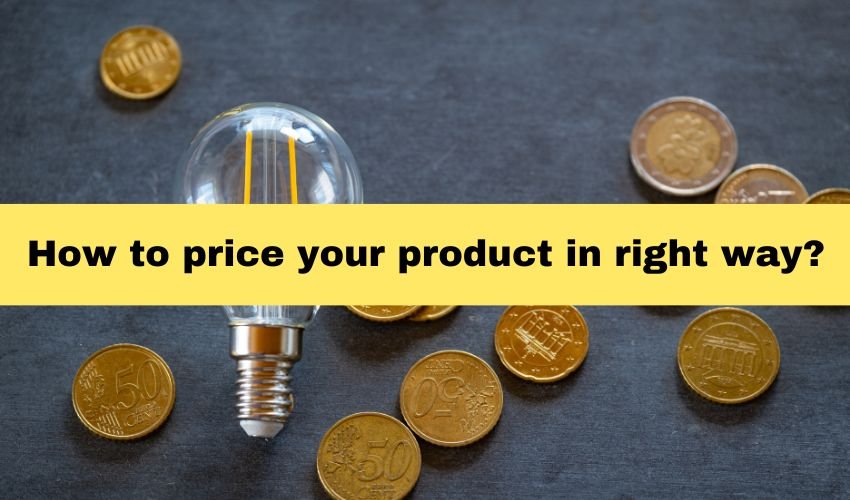
Setting the right price for your product is a crucial aspect of your business strategy. It involves a delicate balance between covering costs, staying competitive, and ensuring your customers see the value in your offering. Let’s delve into the intricacies of pricing with practical tips and real-world examples.
Understanding Costs:
Calculate production costs:
- Example: If you’re selling handmade jewelry, calculate the costs of materials, labor (your time or artisans’ wages), packaging, and any other direct expenses involved in creating each piece.
Consider overhead expenses:
- Example: Distribute your monthly rent, utilities, and other fixed costs across the total number of units you expect to produce in a month to get a more accurate picture of overhead cost per product.
Know Your Market:
Market Research:
- Example: If you’re introducing a new organic skincare product, research similar products in the market. Determine the average price range and identify what sets your product apart – whether it’s using unique ingredients or offering additional benefits.
Perceived Value:
- Example: If your skincare product uses rare botanical extracts, highlight the exclusivity and effectiveness of these ingredients to justify a higher price point.
Setting Profit Margins:
Determine profit goals:
- Example: If your goal is a 30% profit margin, factor this percentage into the total cost of production to set your selling price.
Markup vs. Margin:
- Example: If the cost of producing a necklace is $20 and you aim for a 50% margin, the selling price would be $40 ($20 cost + $20 profit).
Psychological Pricing:
Utilize psychological pricing tactics:
- Example: If you’re selling handcrafted candles, consider pricing them at $14.99 instead of $15.99. The slight difference can make the product appear more affordable to consumers.
Bundle Pricing:
- Example: Offer a bundle of three candles at a slightly discounted price compared to buying them individually. This can encourage customers to buy more, perceiving a better deal.
Testing and Adjusting:
A/B Testing:
- Example: Run a limited-time promotion where you test two different prices for the same product and monitor which one generates more sales. This helps you understand customer preferences.
Dynamic Pricing:
- Example: If you sell seasonal items like swimwear, consider adjusting prices at the end of the season to clear inventory, enticing budget-conscious shoppers.
Transparency and Communication:
Transparent Pricing:
- Example: Clearly break down your pricing on your website or product packaging. If your candles are priced higher due to premium essential oils, communicate this as part of your commitment to quality.
Communicate Value:
- Example: If you’re selling artisanal chocolates, emphasize the craftsmanship, unique flavors, and ethical sourcing of ingredients. Conveying this value can justify a higher price point.
Conclusion:
Remember, pricing is a dynamic aspect of your business strategy. By combining a thorough understanding of costs, market dynamics, and customer psychology, you can set prices that not only cover your expenses but also reflect the value your product brings to customers. Regularly evaluate and adjust your pricing strategy based on feedback, market changes, and evolving business goals.
1 thought on “How to price your product in right way?”
- Pingback: sildenafil 25 mg amazon
Leave a Reply
You must be logged in to post a comment.










